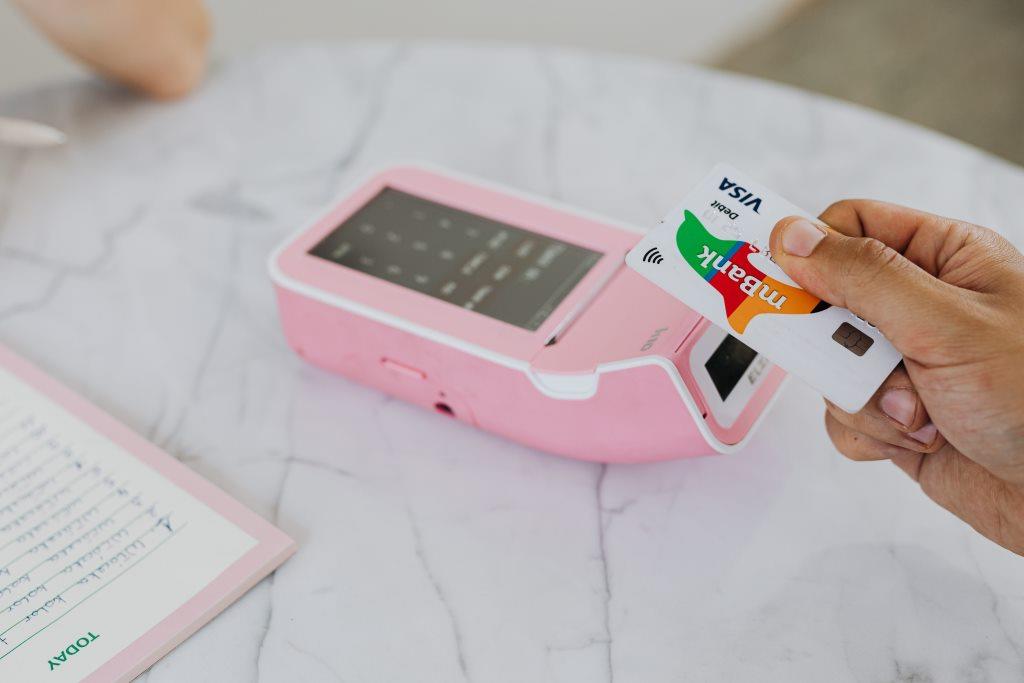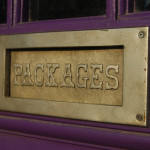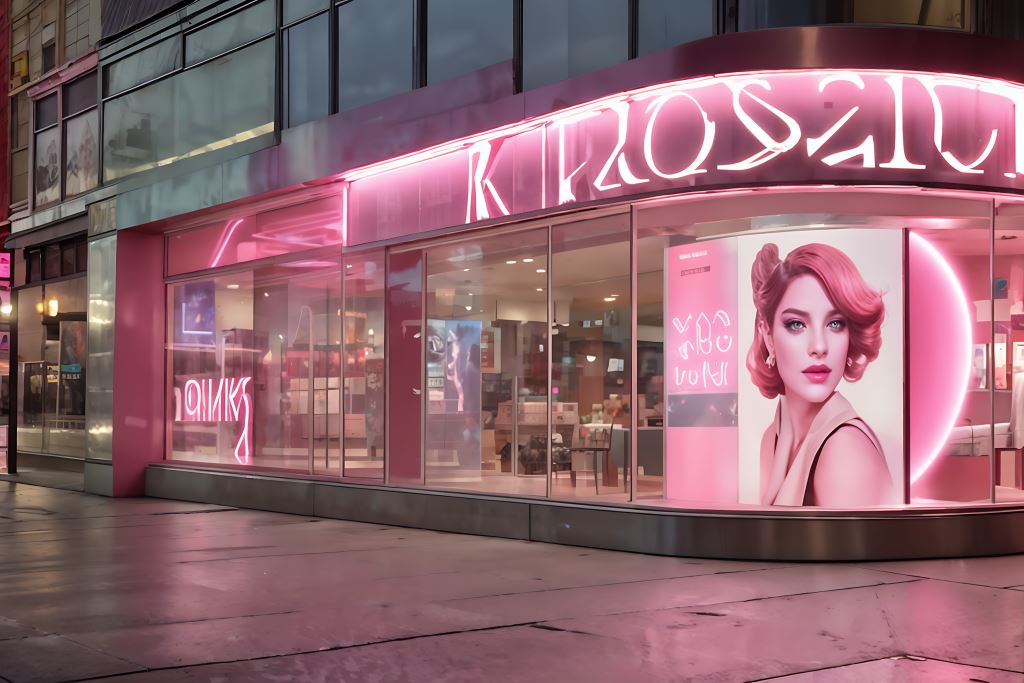
Back in 2007, when contactless payments were launched in the UK, the limit for them was just £10. Since October 2021, it has been £100. Part of the reason for this increase has been the progress of inflation. Most of it, however, reflects how contactless has transformed everyday lives. It continues to do so.
A brief history of contactless payments
Contactless payments have been used since the late 20th century, albeit not in the UK. It took until 2007 for them to reach these shores. Initially, contactless payments were marketed as a convenient way to make low-cost purchases. They were quickly adopted in sectors which had high sales volumes but relatively low value per transaction (e.g., fast food).
This initial, fairly soft launch, was enough to get both customers and businesses interested in contactless payments. Keeping the payment limit very low encouraged people to try the technology without worrying about security. As people became more comfortable with it, the limit was steadily raised. At the same time, it spread outside the world of payment cards and into more innovative payment methods such as mobile payments.
When COVID19 hit the world, people realised that contactless payments had another benefit that had largely gone unnoticed. They were more hygienic than payments with PIN. This encouraged businesses and consumers to use them even more and in new ways. It helped that there were new technological solutions to facilitate this move.
In particular, vending machines had moved on significantly from the days of coin payments and wheezing product-dispensing mechanisms. Fortunately, by the time of COVID19, they were capable of supporting fully touchless transactions with contactless payments. These were often processed by specialist payment-technology companies such as Nayax.
Current and future uses for contactless payments
The contactless-payment landscape is currently in a state of transition. Right now, a lot of contactless payments are essentially traditional payments done better. That is to say, they are payments taken at standard tills but processed more quickly and more hygienically.
Businesses are, however, also looking at ways to leverage contactless payment technology to improve their operations and take them into the future. This process of exploration is taking the form of a combination of steady advancements and bold experiments. Here is a taste of what looks to be to come in the world of contactless payments.
Payments taken by mobile workers
The term “mobile workers” doesn’t just mean workers who move from one site to another. It can also mean workers who move around within a location. Restaurant workers are a good example of this.
Enabling these staff to take payments can be used to relieve pressure on the main pay point. In fact, sometimes it can be used to eliminate the need for a main pay point. Enabling these workers to take payments quickly, minimises the time they spend on what is essentially an administrative task. It, therefore, allows them to spend more time on value-add tasks such as customer service.
Increasing numbers of restaurants (and other food outlets) are now using contactless payments to facilitate payments at the tables. This is great customer service as patrons generally very much appreciate the convenience of this approach. It also helps to reduce the number of people moving around what are often very crowded spaces.
Vending machines as secure UATs in stores
This use of contactless payments would probably only be a bridging solution. It could, however, still be a very useful one. The introduction of unattended acceptance terminals has definitely brought its frustrations as well as its advantages.
Anyone who’s ever used one has experienced problems with getting items to scan and unexpected items in the bagging area. These will presumably be fixed at some point in the future. Realistically, however, it does not seem likely that this future will be any time soon. Vending machines could be an excellent interim solution.
Because vending machines are programmed to know what is in each compartment, customers can be given what they need quickly and accurately. Just as importantly, they can be charged for it without any confusion.
Using contactless payments and touchless ordering and collection both speeds up the process and makes it more hygienic. These facts are likely to be key to encouraging customer adoption.
Vending machines as pop-up shops
Contactless vending machines could be a great way of making the most of the opportunities offered by pop-up shops. This development is clearly more than just a passing trend or a response to challenging economic times. In fact, it looks like it’s going to grow and grow into the future.
There are multiple, very compelling reasons for believing this. Most of them hinge on the fact that businesses still need to connect with customers. Doing so in the real world can actually be quicker and easier than doing so online. Organic SEO (search engine optimisation) is challenging and time-consuming. Paid adverts can be expensive.
Vending machines are essentially shops in a box. What’s more, they can be placed in locations where it would not be practical to have human staff. All they need is electricity. With that said, they can also be used alongside human staff.
In either case, offering contactless payment and touchless collection delivers a much pleasanter and hence more engaging customer experience.
Vending machines as mini-markets or canteens
Vending machines have long been used to sell snacks and drinks. Now, many companies are using them to sell sandwiches and ready-meals too. The main driver for this is post-COVID19 working practices. These have made it increasingly impractical for companies to run on-site canteens.
This use of vending machines is a great test bed for more adventurous, future-oriented applications. For example, instead of just offering standard contactless payment and touchless collection, businesses can offer a fully contactless experience.
This means that the employee could collect all their items and have them automatically scanned and charged to their payment method as they leave the store. The technology for this is already available. It is, however, not yet mature enough for widespread adoption across standard public-facing environments such as shops open to the public.
Fully contactless, regular, in-store transactions
Fully contactless and touchless transactions may be the way of the future in regular stores. Sainsbury’s supermarket has already implemented this on trial basis using technology backed by Amazon. It seems fair to assume that the next step would be to roll it out in designated areas of normal stores.
Ultimately, it could potentially be used in place of regular tills in at least some stores. There would, however, still need to be human staff in place to help certain customers and to manage sales of age-restricted goods.
Latest posts by Jamie-Leigh James (see all)
- Contactless Shopping: How a simple tap is changing the game - December 4, 2022
- Why office break out areas are more than just beanbags - October 24, 2021














